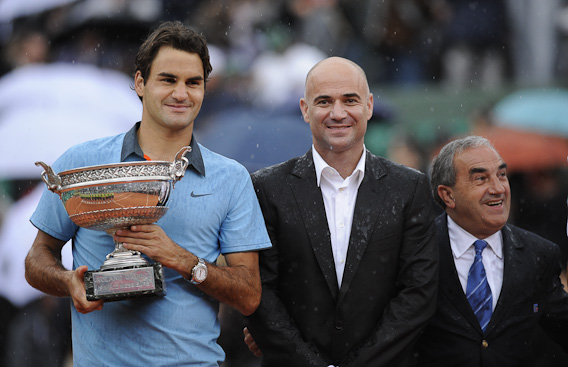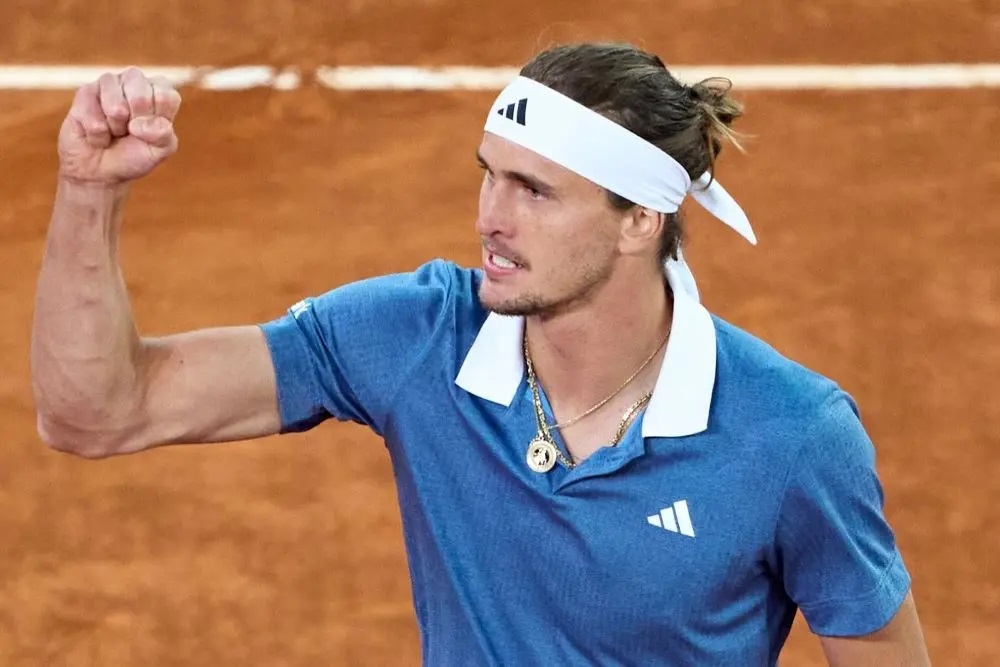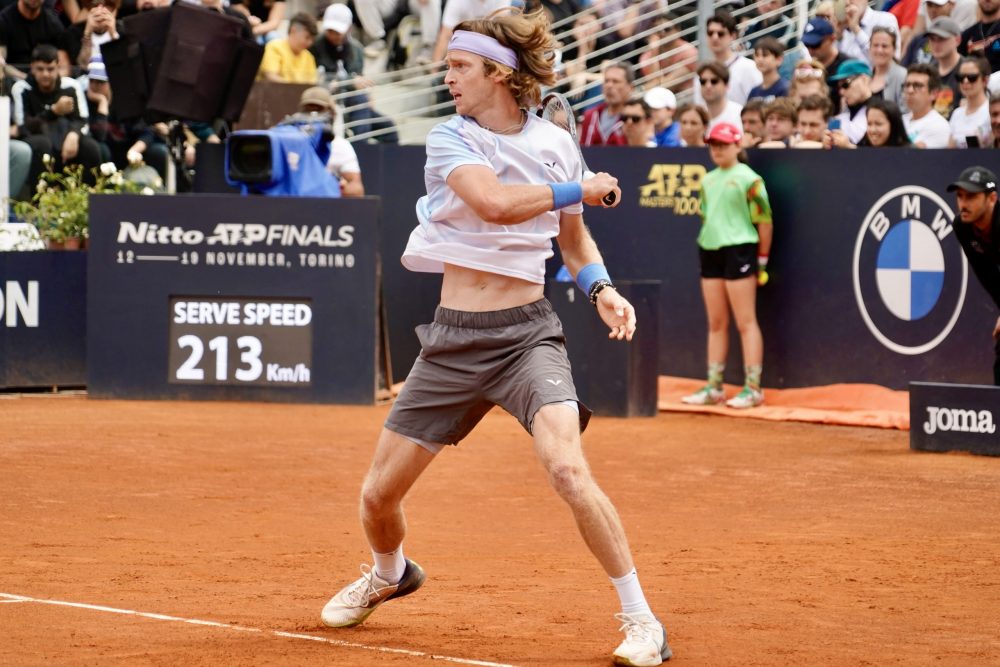Prize money in men’s professional tennis in recent years has become the subject of increased attention. Part of the reason has simply been the size of the rewards on offer: Djokovic earned USD 21.6m in 2015 alone; a recent article for Forbes magazine described the race to USD 100m in career prize money between Federer and Djokovic. These are or will be records. But the objective of this article is to compare these achievements with the prize money earned by previous generations.
Comparison of prize money earnings must take into account the strong growth in prize money in the last 5 to 10 years, and factor in how inflation distorts earnings over long periods, i.e. $100,000 earned in 1990 is worth far more today. Unfortunately, we must also recognise that 1985 is the first year for which season-by-season prize money totals are available on the ATP website, thus at this stage ruling out comparison with the era of McEnroe, Connors and Borg.
So, here’s what I have done. Prize money totals have been retrieved for each player and for each season since 1985; and then adjusted for inflation so that all totals are expressed in today’s prices (also known as 2015 dollars). The result is that for each player, there is now both a nominal total (the actual amount earned by the player), and an inflation-adjusted total. The table below sets out the top 20 highest earners on the ATP tour between 1985 and 2015, according to both nominal values and inflation-adjusted values. Note that for the purposes of like-for-like comparison, the values below are for singles prize money only and do not include any doubles prize money. Analysis below.
Top 20 earners on the ATP Tour 1985-2015; nominal values and inflation-adjusted values; singles prize money only
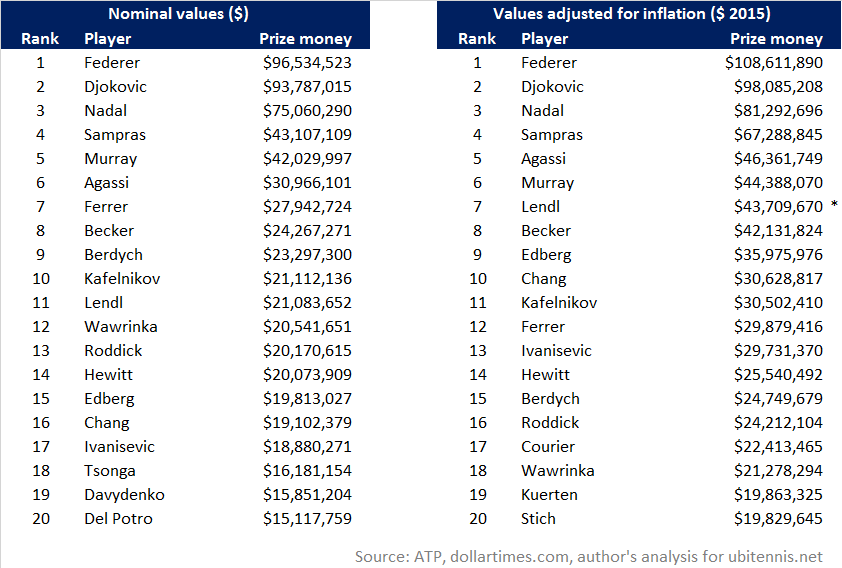
So what does the table above tell us?
Federer, Nadal and Djokovic have demonstrated unprecedented dominance, winning 41 out of the last 50 slams. No other era comes close: Agassi and Sampras shared 22 slams, as did Becker, Edberg and Lendl. Even Borg, McEnroe and Connors won only a total of 26 slams. The slams pay the most prize money; that’s part of why they lead the table.
But the lead of the Big 3 in the prize money table is also evidence of recent prize money increases. Djokovic has won 10 slam titles, only 2 more than Agassi, yet his career earnings even now are double Agassi’s; and point to the strong increase in grand slam prize money over the last 5 years – a grand slam winner can expect to earn 52% more in 2015 compared to 2011 (adjusted for inflation). Nadal and Sampras have won the same number of slams (14) yet Nadal has comfortably out-earned the American. Sampras’s first US Open title in 1990 came with prize money of USD 350,000, which today would be worth about USD 650,000. Compare this to Nadal’s US Open win in 2013 which was worth over USD 2.6m in today’s money. Sampras’s own prize money total contains its own distortion – Grand Slam Cup earnings – which is discussed below. Notice the effect of prize money increases when, despite a relatively short career – not at the top of men’s tennis but near the top of men’s tennis – Wawrinka manages to break the top 20 inflation-adjusted list.
Adjusting for inflation put earnings in the appropriate context. The ATP should include this in player biographies and relevant statistics-based news articles.
Exhibit A: the nominal total of USD 43m posted by Pete Sampras, a 14-time grand slam winner, will inevitably be passed at some point by Andy Murray, currently on USD 42m, and the winner of only two grand slam tournaments. However, the effect of inflation is strong. Sampras won his prize money predominantly in the 1990s and accordingly his inflation-adjusted total is over USD 20m more than Murray’s.
Exhibit B: the all-time career prize money totals you see on the ATP website and on Wikipedia are based on nominal values only. Accordingly, you can see that six top 10 players from 2015 appear in the nominal values prize money top 10; this is despite two of them, Berdych and Ferrer, never having won a grand slam tournament. The inflation-adjusted top 10 on the other hand contains almost all multiple slam winners. Grand slams are the game’s currency in every sense.
Let’s also deal with the cosmetics. Adjusting for inflation, Roger Federer has already and substantially surpassed the USD 100m mark in prize money. If we’re serious about putting information into the appropriate context, then the “race” to USD 100m was won by Federer back in 2014. (For a season-by-season breakdown of prize money by Federer, Nadal and Djokovic, please see here.)
Analysis by season
Top 20 earners on the ATP Tour 1985-2015 by season; nominal values and inflation-adjusted values; singles prize money only
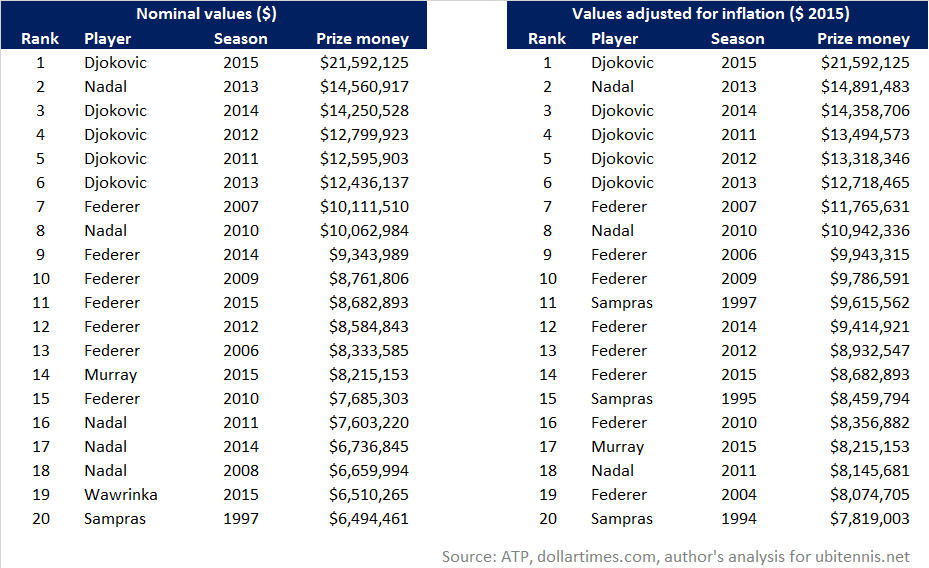
Whether you adjust for inflation or not, it is the more recent seasons that feature in the top 20. In the nominal values table, there is only one season further back than the last 10 years (Sampras 1997), and there are 12 seasons within the last five years (2011-2015).
The Grand Slam Cup anomaly. Even adjusting for inflation, only three seasons come from the 1990s (Sampras 1994, 1995, and 1997). However, rather than an unequivocal nod to the greatness of Sampras, these seasons suffer from their own distortion. Between 1990 and 1997 a season-ending tournament, the Grand Slam Cup, was played in Munich. It was distinguishable for 2 reasons: firstly that it was an ITF/Grand Slam-sanctioned tournament not initially recognised by the ATP (which held a separate World Tour Finals event); and secondly for its record-busting prize money. In most years, the winner would receive USD 2 million. Adjusting for inflation, such a sum would be USD 3.7m today and higher than any tournament cheque last year. Accordingly, this 8-year tournament (which has now amalgamated with the ATP’s event to form the World Tour Finals) is a prize money anomaly. Sampras won the Grand Slam Cup in 1997 (and reached the latter stages in 1994 and 1995).
2000-2003: the Interregnum. But there is some analytical value to the Grand Slam Cup. Without this tournament, no season earlier than 2004 would feature in the top 20. And it highlights the long interregnum between the Sampras / Agassi era and the Federer / Nadal era. In all four years between 2000 and 2003 inclusive there were four different slam winners. Since then, only in 2012 and 2014 did the slams have 4 different winners. With no player dominating between 2000 and 2003, and yet to benefit from large prize money increases and with no Grand Slam Cup to increase earnings, it is no surprise that these seasons are not represented in the inflation-adjusted top 20.
Calculating Inflation-adjusted earnings allows us to compare like with like, adding more to our understanding of the historical context of tennis. The analysis above is just the most recent part of work into inflation-adjusted earnings (e.g here). More to come in due course.
****
* In 1985 and in the following years, Ivan Lendl earned sufficient prize money to make the inflation-adjusted top 20. However, this table also includes a conservative estimate of his inflation-adjusted earnings from his early career up until 1984. This is likely to underestimate his total inflation-adjusted earnings hence the asterisk (*) applied. In the absence of data published by the ATP, research is ongoing to create a robust methodology to estimate the inflation-adjusted earnings of the likes of Borg, McEnroe and Connors.

 Hot Topics2 days ago
Hot Topics2 days ago
 Hot Topics3 days ago
Hot Topics3 days ago
 Latest news3 days ago
Latest news3 days ago
 Hot Topics3 days ago
Hot Topics3 days ago
 Focus3 days ago
Focus3 days ago
 Latest news3 days ago
Latest news3 days ago
 Latest news3 days ago
Latest news3 days ago
 Latest news3 days ago
Latest news3 days ago
